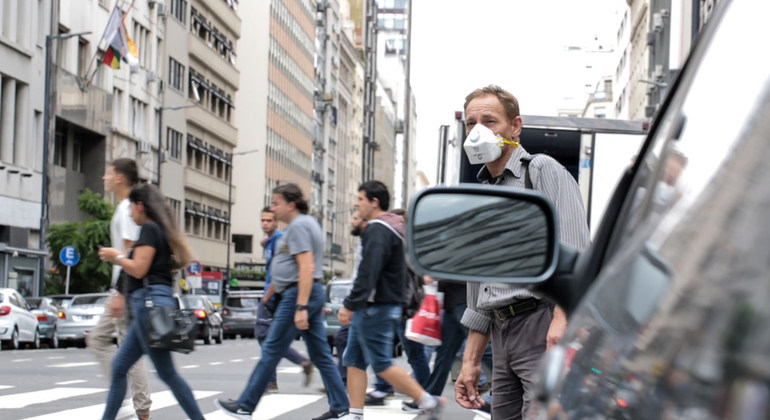“Every day, COVID-19 seems to reach a new and tragic milestone”, WHO Director-General Tedros Adhanom Ghebreyesus told journalists, revealing that the agency had received reports of more than 210,000 cases and over 9,000 people deaths.
While stressing that “every loss of life is a tragedy”, he maintained that it also provides “motivation to double down and do everything we can to stop transmission and save lives”.
Although older people are hardest hit, younger people are not spared, as data from many countries show that those under 50 make up a significant proportion of patients requiring hospitalization.
“Today, I have a message for young people: You are not invincible”, the WHO chief stressed. “This virus could put you in hospital for weeks, or even kill you. Even if you don’t get sick, the choices you make about where you go could be the difference between life and death for someone else”.
Power to reverse pandemic
WHO is concerned if COVID-19 should gain a foothold in countries with weaker health systems, or with vulnerable populations, noting that it could lead to significant sickness and loss of life.
“But that is not inevitable”, said Mr. Ghebreyesus. “Unlike any pandemic in history, we have the power to change the way this goes”.
Citing that Wuhan, where coronavirus originated, reported no new cases for the first time since the outbreak started, he said that that “provides hope for the rest of the world, that even the most severe situation can be turned around”.
Nuts and bolts
While WHO is working actively to support all countries, the collapse of the personal protective equipment (PPE) market “has created extreme difficulties in ensuring health workers have access to the equipment they need to do their jobs safely and effectively”, said the WHO chief.
Fortunately, producers in China have agreed to supply WHO with PPE and arrangements are underway for shipments.
“We are also working hard to increase the global supply of diagnostic tests”, he said, noting that WHO is working to evaluate new diagnostics and secure the supply and equitable distribution of tests.
‘A new reality’
For challenged health systems, WHO’s guidelines help provide life-saving treatment without compromising the safety of health workers and include practical information on screening and triage, referral, care standards and more.



